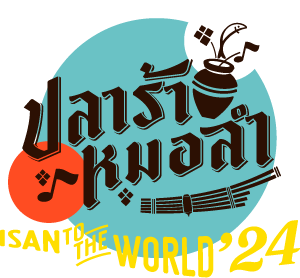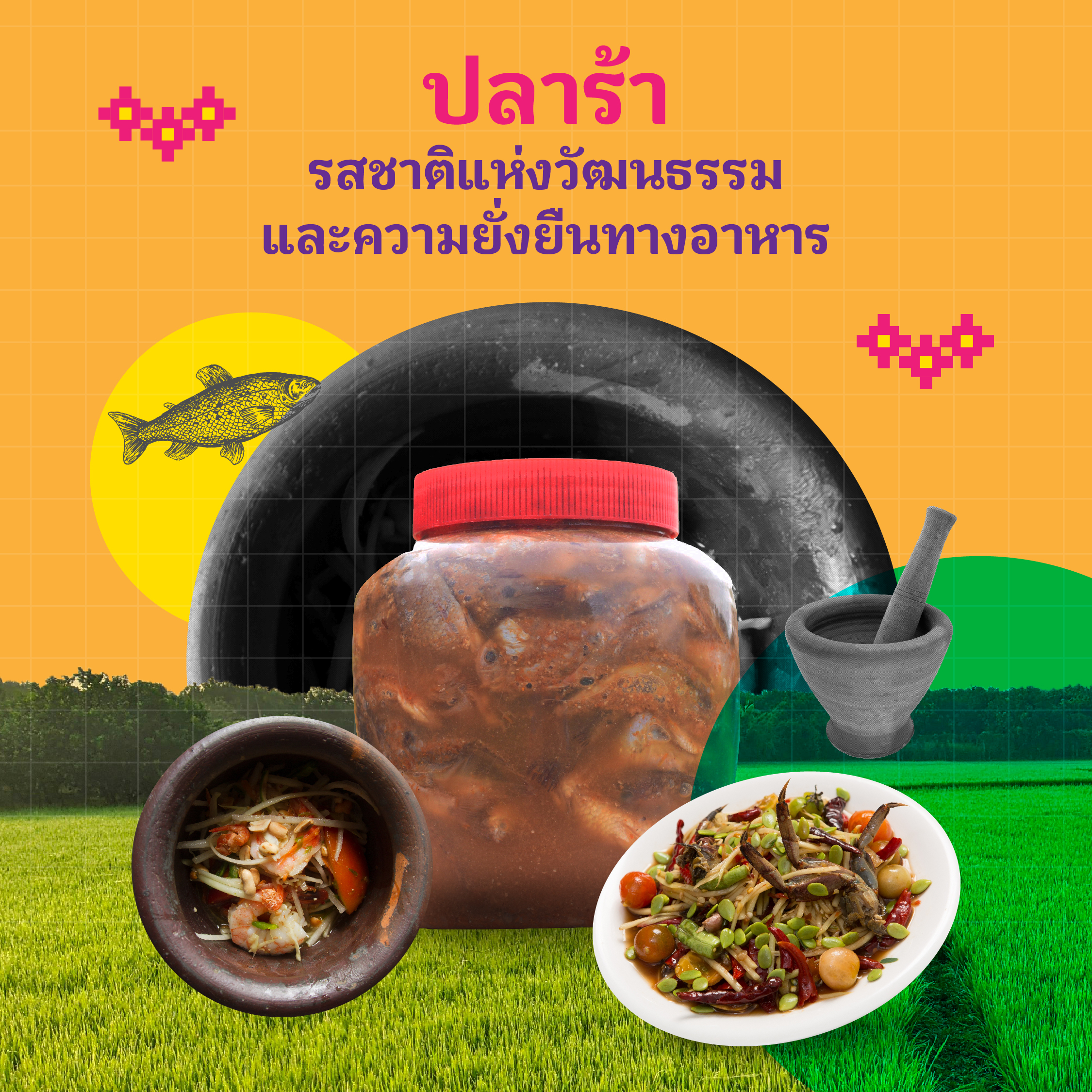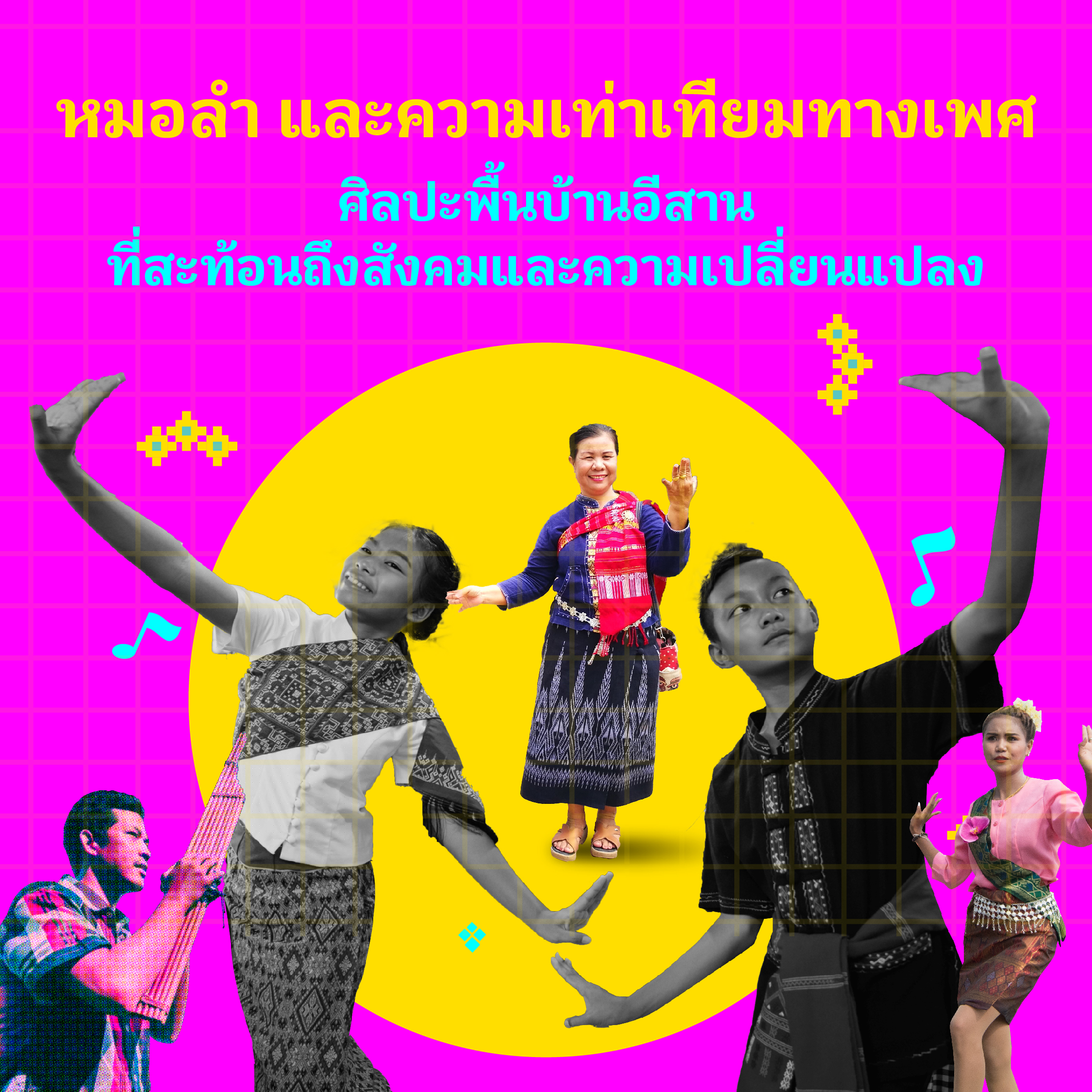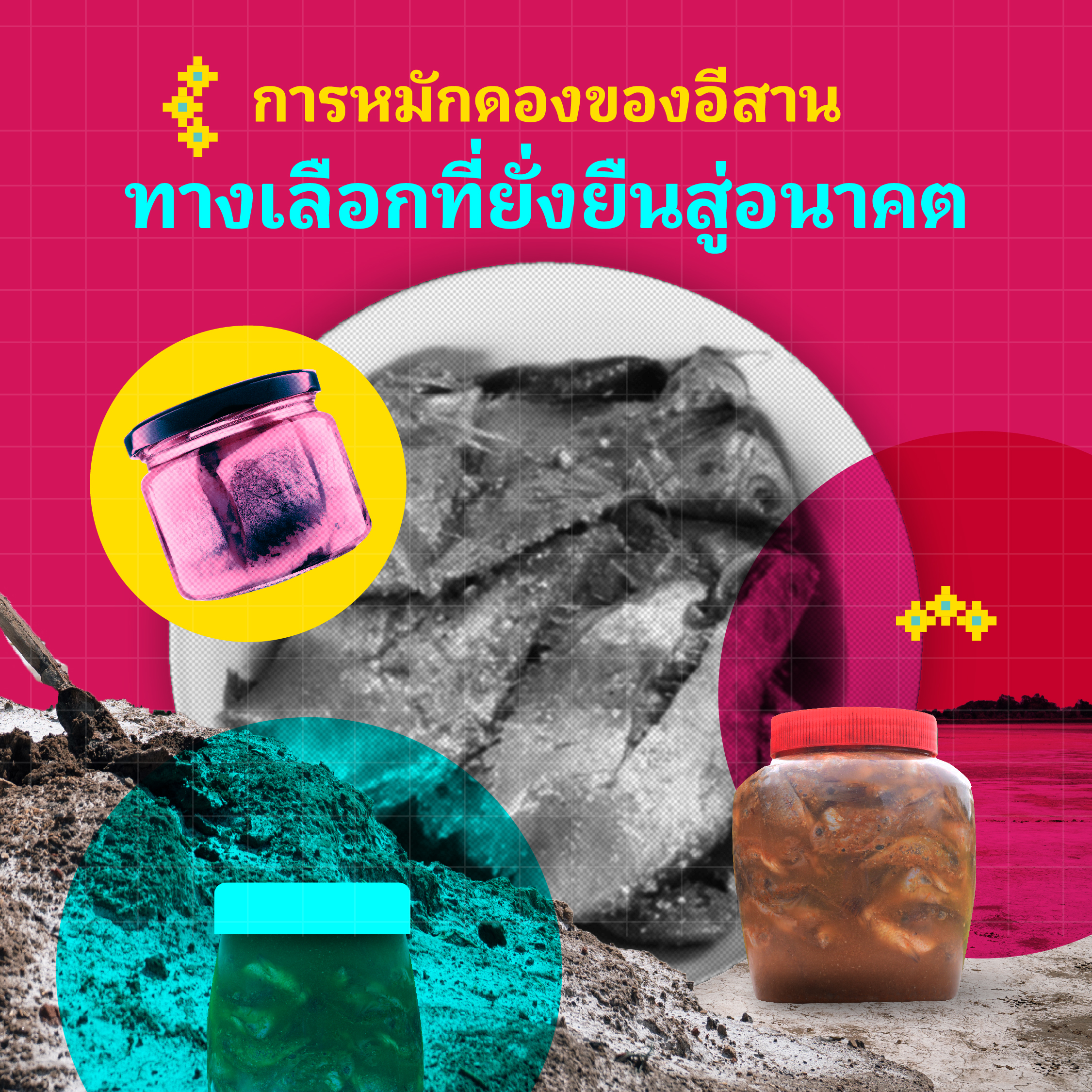Morlam is not just a traditional art form reflecting the way of life and culture of the Isan people; it also plays a vital role in promoting sustainability. As a cultural activity, Morlam performances communicate the lifestyle and values of Isan communities to new generations, ensuring cultural preservation without losing its unique identity. Morlam serves as a medium for safeguarding local wisdom and traditions, with its transmission from generation to generation showcasing the preservation of knowledge related to performance, singing, and storytelling, deeply rooted in the local way of life.
Morlam is more than entertainment; it provides a livelihood for artists and supports local communities. Promoting Morlam performances and incorporating them into cultural tourism is a sustainable approach that bolsters the local economy. By linking Morlam to tourism, it stimulates the economy and creates jobs in the community, while also preserving cultural heritage. This aligns with the concept of sustainable tourism, which focuses on preserving cultural resources alongside generating economic benefits.
From an environmental perspective, Morlam connects with the sustainable use of local resources. Morlam festivals and performances are often held in areas that can accommodate audiences sustainably, without harming the environment. The careful management of local resources ensures that communities can maintain environmental sustainability in the long term.
PlaraMorlam Isan to the World aims to demonstrate the tangible dimensions of sustainability through this event. We intend to showcase Morlam as a prime example of how traditional culture can merge with sustainability in the modern world, proving that folk arts can adapt, thrive, and play a crucial role in a future where sustainable development is key.





